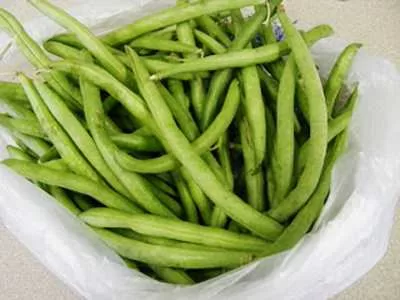Introduction
National Bean Day, observed on January 6th, invites us to ponder the vast array of legumes that fall under the Phaseolus genus, ranging from traditional green beans to hearty pinto and kidney beans. This celebration goes beyond the typical culinary uses of beans and delves into the nutritional benefits and cultural significance of these versatile legumes.
Variety of Beans
When we think of beans, an array of images may come to mind – from long, bright green beans to dark red kidney beans and refried pinto beans with chiles. According to the United Nations, the Phaseolus genus encompasses string beans, runner beans, lima beans, and more. However, some people extend the term to include various legumes like mung beans, soybeans, fava beans, peanuts, black-eyed peas, chickpeas, split peas, and lentils. Notably, coffee, cacao, and vanilla, despite being called “beans,” are not considered part of the bean family.
Nutritional Value
Beyond their diverse flavors and textures, beans play a crucial role in a healthy diet by providing essential nutrients such as fiber, protein, complex carbohydrates, folate, B vitamins, and iron. Whether consumed as dry beans, canned beans, frozen beans, or fresh beans, these legumes offer a wide range of options for incorporating nutrition into daily meals.
Bean Facts
North Dakota stands out as the top producer of dry beans in the United States, contributing almost a third of the total production. Pinto beans emerge as the most popular dry beans in the U.S., reflecting their widespread culinary use. Originating from the New World, beans were first intentionally cultivated in Central and South America. Presently, Brazil and Mexico continue to be major global producers, with Latin America being the largest producing region. India excels in dry bean production, while China and Indonesia lead in green bean production.
Cultural Significance
In tropical regions, particularly in South America and Africa, beans are a dietary staple, with many individuals consuming at least one bowl of beans daily. The cultural significance of beans extends beyond mere sustenance, as they play a crucial role in traditional cuisines and daily rituals.
Celebrating Bean Day
To celebrate National Bean Day, enthusiasts are encouraged to explore the world of beans creatively. Whether cooking, eating, counting, or crafting, this occasion provides an opportunity to appreciate the versatility and cultural importance of beans. Embrace the flavors, textures, and nutritional benefits of these legumes to make the most of Bean Day celebrations.
Conclusion:
National Bean Day serves as a reminder to recognize the diverse world of legumes, not only for their culinary uses but also for their nutritional contributions and cultural significance. As we celebrate this versatile food group, let’s explore new ways to incorporate beans into our daily lives, appreciating the rich tapestry they add to our diets and traditions.

